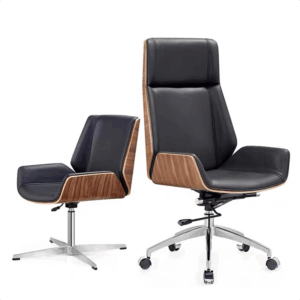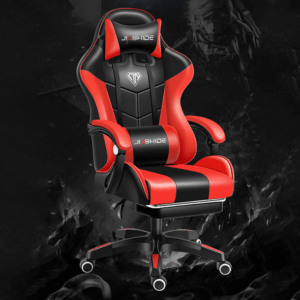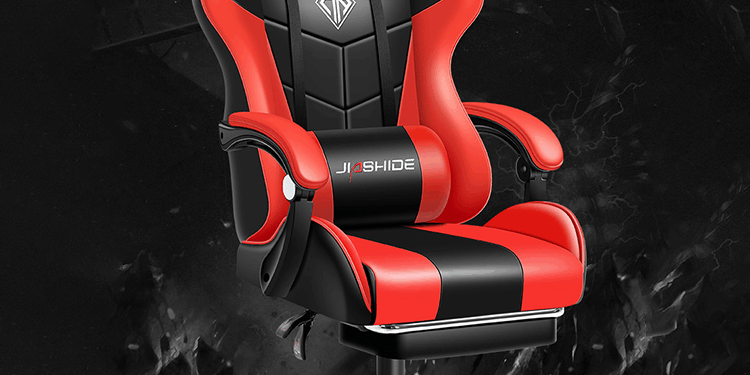Choosing the best office chair for long hours of sitting is key to maintaining comfort and avoiding health issues like back pain or poor posture. Here are some things to consider:
1. Ergonomic Design
- Look for a chair that offers ergonomic support. It should be designed to support the natural curves of your spine, especially your lower back. Many ergonomic chairs have adjustable lumbar support to help reduce strain on your lower back.
2. Seat Cushioning and Material
- The cushion should be thick and comfortable but also provide enough support so you don’t sink too much. Memory foam or high-density foam is often a good choice for long hours of sitting.
- The material should be breathable to prevent overheating—mesh or fabric options work best.
3. Adjustable Features
- Height Adjustment: Ensure the chair can be raised or lowered so that your feet stay flat on the floor, with your knees at a 90-degree angle.
- Armrest Adjustments: Look for adjustable armrests that allow you to keep your arms at a comfortable height, helping to relieve tension in your shoulders and wrists.
- Backrest Recline: A chair with a tilt mechanism lets you recline when needed, offering relief from long periods of sitting and reducing pressure on your spine.
4. Seat Depth and Width
- A seat that’s too shallow or too deep can cause discomfort. The seat should allow for a few inches of space between the back of your knees and the edge of the seat. Your thighs should be fully supported without feeling cramped.
5. Support for Different Postures
- If you tend to switch between sitting upright and reclining, look for a chair with dynamic lumbar support that adapts to your posture.
- Some high-end chairs offer features like 3D armrests, which can be moved in multiple directions to support various arm positions.
6. Durability
- Chairs made of high-quality materials like steel or aluminum frames tend to last longer. Quality casters are also essential for smooth movement across different floor types.
7. Footrest
- If you’re sitting for extended periods, a footrest can help maintain proper circulation. Some chairs come with built-in footrests, or you can buy one separately.
8. Budget vs. Features
- While ergonomic chairs can be expensive, it’s an investment in your health and productivity. Find a balance between price and features based on your needs. Often, mid-range chairs can offer good comfort without breaking the bank.
9. Try Before You Buy
- If possible, test the chair before purchasing. Sit in it for at least 15-20 minutes to make sure it’s comfortable and suits your posture needs.
10. Warranty and Return Policy
- A chair is a big investment, so check if it comes with a warranty. Many reputable brands offer warranties for a few years to ensure you’re covered in case of any defects.
In short, prioritize comfort, adjustability, and support. Taking these factors into account will help you find a chair that allows you to work for long hours without pain or discomfort.














